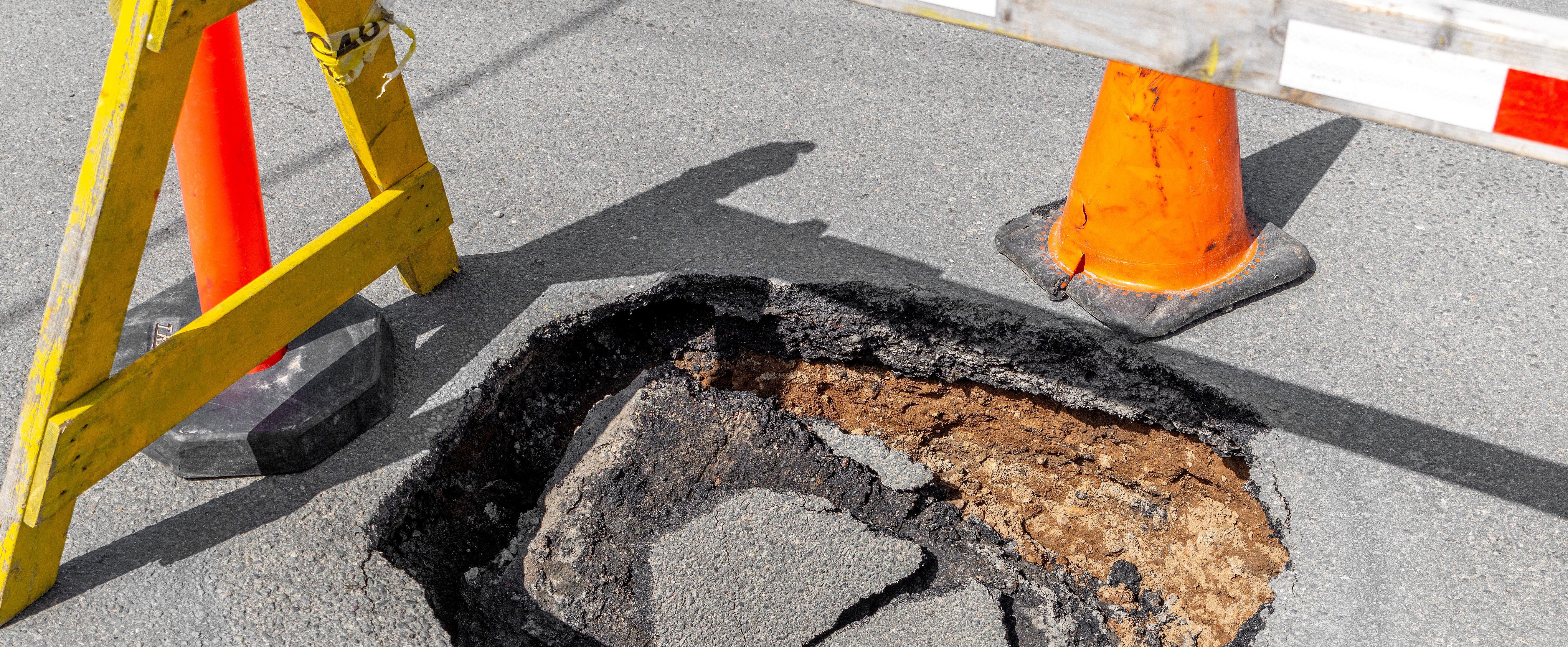Take Action with a Problem-Solving Process
If you encourage staff to identify defects, you better have a process to solve them. Often the first step is to bring those defects forward to a huddle. In the book Beyond Heroes, we recommend that this conversation occurs at a huddle board (visual management) with your staff. During this huddle, you identify and discuss defects which have been brought forward from various sources—status sheets, staff, ancillary areas, or physicians. A system to prioritize these opportunities is essential.
This is where a pick chart and a wait/work process may be utilized. This prioritization is completed by the team—individuals who have identified the defect and can help solve the problem. Front line members are asked to lead and participate in teams to use PDSA cycles to solve the problem. The problem solving itself does not occur in the huddle. A leader is identified in the huddle who is going to take the work offline, develop a team if needed, apply the problem-solving methodology (Root cause analysis/PDSA), and report back.
Within that huddle, there are three ways to look at the problems.
“Just do its”
This means that one or two people can do it in three steps, over three days (or whatever you define it as), but it is short term. It does not require the artifact of an A3, but it does require PDSA thinking. Around those “just do its” usually there are specific rules on a unit that you can have six to eight opportunities going at a time.
An A3
This is where a team is needed within the unit. The problem exists within this unit’s span of control. A leader is identified and forms a team to work it. When this is a new process, early in the development of problem-solving methodology—they may need additional support to learn the problem-solving tools for root-cause. This may be provided by another leader on the unit or external support from the process improvement team. This team works offline and reports back on a regular basis to the huddle, these problems take two to three months to solve.
Kaizen
The third level of problem solving is more complex. If it is multifaceted, crosses departmental boundaries, or requires changes in other groups’ actions it will likely require a Kaizen (rapid improvement event) or some sort of a project that is inclusive of all who are affected.
It is a learning process. Often in the beginning stages of problem-solving huddles the teams feel everything is a “just do it.” For example, delivering medications from the pharmacy may seem like something that can be solved with one person and one phone call, but we all know the delivery of medications is much more complex. Our teams need to learn about processes outside of their span of control. Understanding the process and helping to improve it both within and outside their units. The problem-solving teams must be empowered to experiment and solve problems together.
When you use the huddle methodology you need to have a way of tying those problems to your true north metrics and your drivers, if at all possible, so all of your work is prioritized to move the organization in an aligned way.
Problem solving huddles are one of the most engaging aspects of a management system. Identifying problems that are specific to the patient experience as well as the employee experience is key to their success. In some of our first huddles, we only asked two questions:
What can we do today to improve the experience of our patients?
What can we do today to improve your work experience?
Of course, you better have a methodology to take action! Solving problems every day is the key to success. Showing your teams they can make a difference by making their solutions visible encourages others to join this daily continuous improvement journey. And of course we must recognize some experiments go off course. Celebrate the rapid nature of “study and adjust” as they report out at the daily huddle. This forced reflection will help them to get back on course. We can all celebrate the drive toward success.
Kim Barnas, CEO
Catlaysis
Related Items
Book: Beyond Heroes by Kim Barnas
Creating a Lean Management System workshop









Leave a Reply